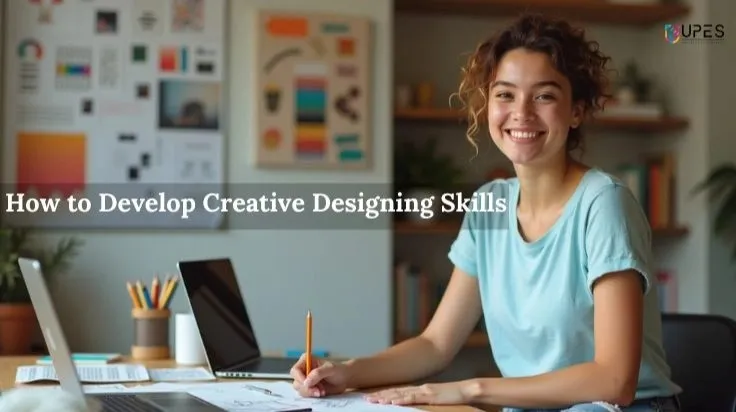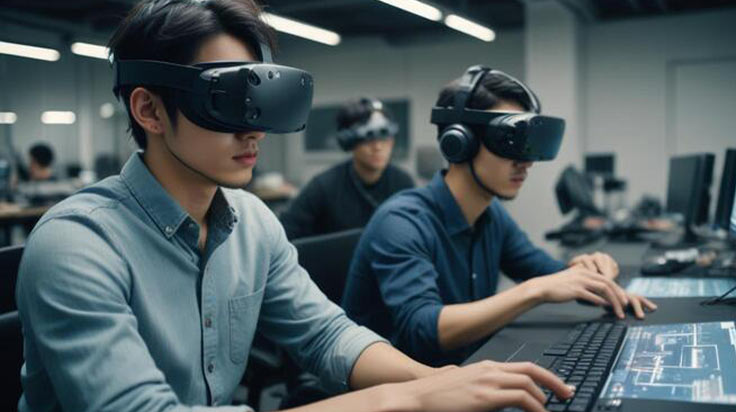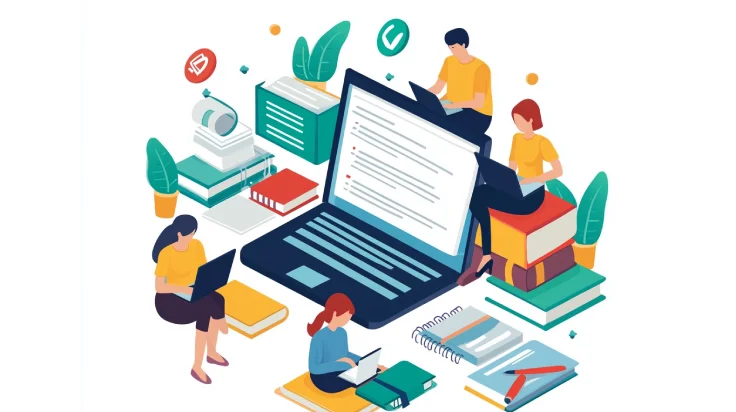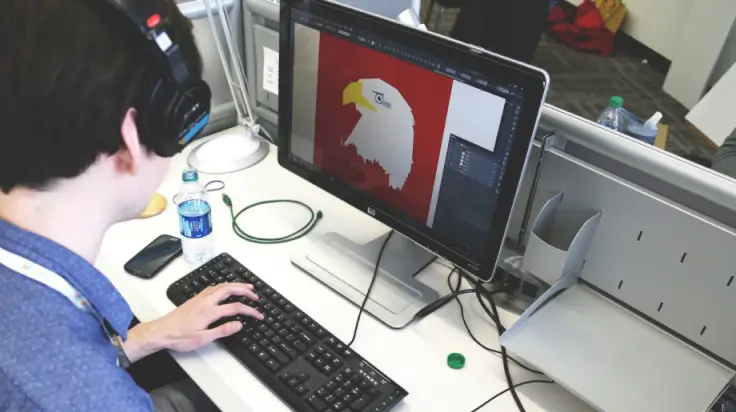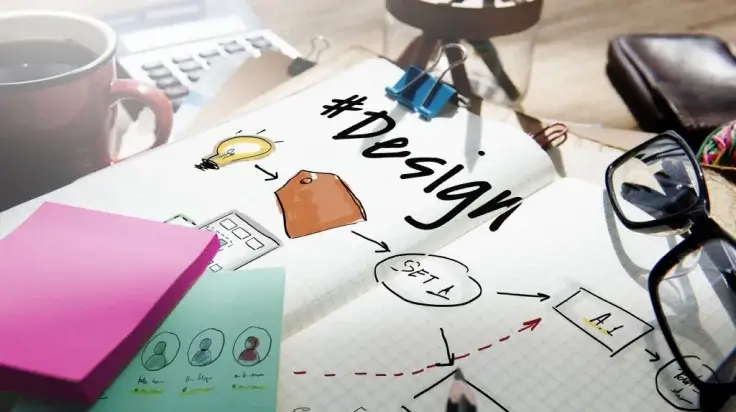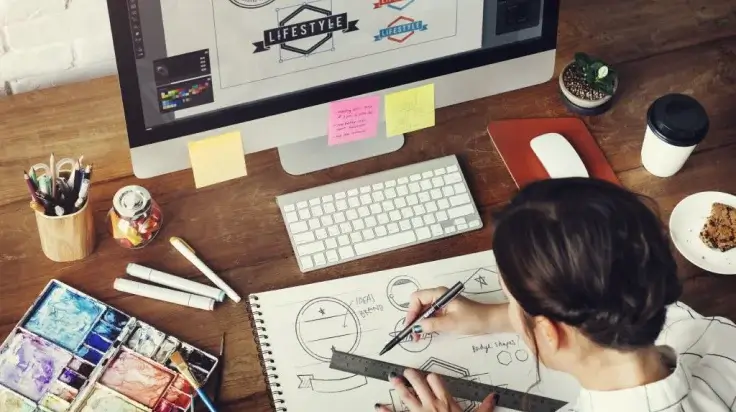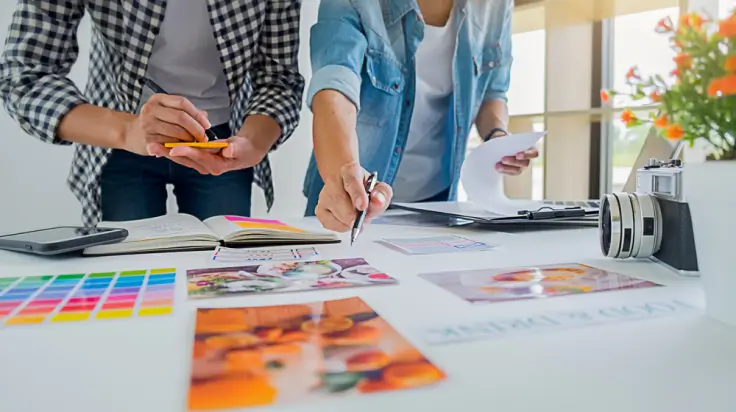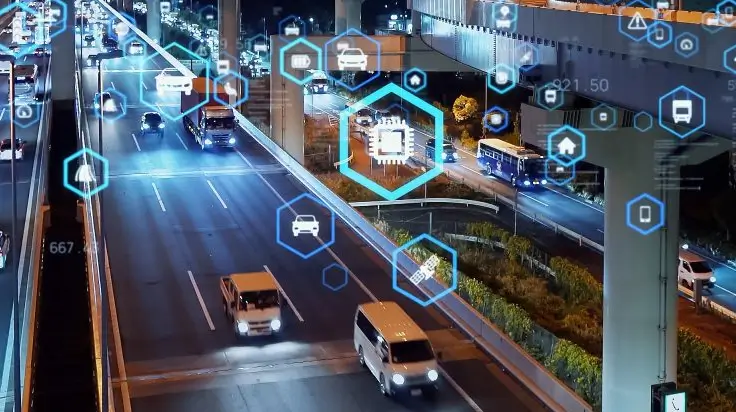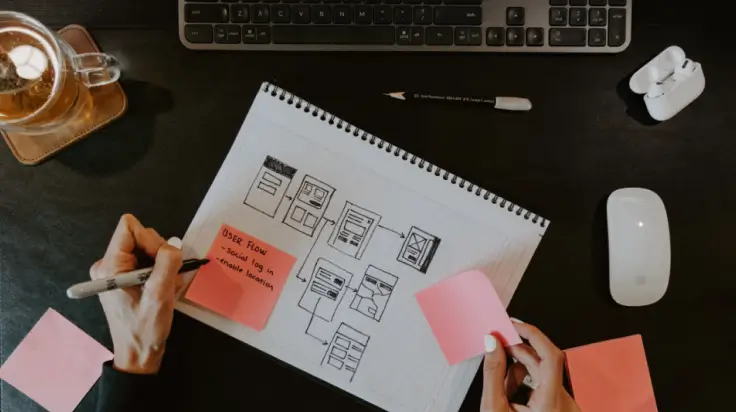Designing for Neurodiversity and Inclusion at Workplace
- Manas Ranjan Mishra
- Published 04/12/2023

Neurodiversity refers to the natural range of variation in human neurocognition. It is an umbrella term for people who are not neurotypical and includes conditions such as Autism Spectrum Disorder (ASD), Attention Deficit Hyperactivity Disorder (ADHD), dyslexia, dyspraxia, and Tourette syndrome, among others.
Neurodiversity also encompasses neurological challenges resulting from brain injury or other environmental causes. Even among those considered neurotypical, one in four will experience a mental health challenge, such as depression or stress, at some point in life. To address these challenges and create a more inclusive workplace, progressive employers are beginning to recognise that accommodating the different wiring of neurodiverse individuals can provide a huge competitive advantage. This recognition has led to the implementation of more inclusive policies, programs, and procedures, although its impact on workplace design is still in its early stages.
Not To Be Ignored
Companies have started to welcome and facilitate diverse talents in individuals who think differently. Neurodiverse thinkers are often found to possess exceptional abilities in innovation, creative storytelling, empathy, design thinking, pattern recognition, coding, and problem-solving. However, neurodiverse workers may not always thrive within existing workplace norms and practices. Alongside their unique talents, people with certain kinds of neurodivergence may struggle with concentration, managing distractions, regulating emotions, recalling information, processing details quickly, or communicating effectively. Despite the sought-after advantages and specialist skill sets that neurodiverse thinkers bring; they frequently face obstacles in securing and maintaining employment.
Inclusive Design is Key
Forward-thinking employees, instead of trying to choose or change people to fit their environment, must focus on selecting the right people for their needs and simultaneously help them live more fulfilling lives by adapting the environment to welcome all those with unique talents.
The most common workplace challenges revolve around sensitivity issues. Neurodiverse thinkers can often be over or under-stimulated by factors in their environment such as lighting, sound, texture, smells, temperature, air quality, or the overall sense of security.
Versatile environments that cater to a range of preferences make differences less apparent, fostering equality and integration. These environments also allow for individual and operational changes, making an organisation more adaptable.
Spatial Dilemma
To ensure effective design, organisations must:
- Create spaces that are memorable and have a rhythm of common elements to generate a reassuring sense of order and assist the brain’s innate positioning systems.
- Focus on establishing landmarks and focal points that can help building users orient themselves.
- Give thoughtful consideration to lighting, as it can guide people towards brighter spaces or paths.
Design should cover the strategic use of materials, colours, and signage, especially in complex environments. Clear and consistent terminology is critical for some people with neurodivergence. Concise messages, plain typography, and an informational hierarchy can ease sensory overload. Also, consistent cues with redundant messaging in colours, numbers, and words provide multimodal assistance to the full range of building users as they head to their destinations.
Acoustic Setting
Effective acoustic design for the workplace provides a variety of auditory settings to support diverse activities, locates them appropriately relative to one another, and specifies assemblies for acoustic comfort within spaces and acoustic separation between them. Acoustic design may also consider whether a sound masking or white noise system would further increase comfort.
Lighting
More comprehensively, workplace-wide access to daylight can result in increased physical well-being, improved mental and emotional health, and increased productivity and happiness for all workers. The evidence for our need for daylight is so compelling that several countries have enacted laws requiring workplace access to daylight.
Degree of Stimulation
For people with certain types of neurological conditions, visual, auditory, or scent-based sensory cues can be overwhelming. For others, a lack of stimulation is the problem, resulting in an inability to focus. Creating options for employees to control or choose the degree of sensory stimulation in their surroundings is a key aspect of inclusive design. Providing different microenvironments to choose from is one approach. Minimising visual clutter, creating quiet and tech-free zones, and incorporating areas of rest and reprieve into circulation areas and level changes can also be beneficial. The use of colour is a significant consideration. Blues and greens tend to calm and reassure, while yellow, orange, and red serve as stimuli and uplift the mood. Jarring or clashing colours that neurotypical people may overlook can deeply disturb others with heightened sensitivity.
By focusing on neurodiversity and creating an inclusive workspace, we can move away from stigmatising disability. It can provide companies with a competitive edge that brings measurable benefits, both financially and in terms of workplace culture. It is time for companies to consider this as a social responsibility and work towards improving their workplace culture to accommodate specially challenged in a friendly manner.
References
- https://learning.cognassist.com/course/introduction-to-neurodiversity-in-the-workplace
- https://www.oktra.co.uk/insights/designing-for-neurodiversity-in-the-workplace/
- https://edisciplinas.usp.br/pluginfile.php/5137341/mod_resource/content/0/HOK%20Neurodiverse-Workplace-HOK-web%20%281%29.pdf
- https://greencrossglobal.co.uk/neurodiversity/?campaign=20445582622&content=669171929203&keyword
Manas Ranjan Mishra
The writer is Manas Ranjan Mishra, Professor, Industrial and Product Design, UPES School of Design
UPES Admission Enquiry
Subscribe to UPES Blogs
Join our community for exclusive stories, insights, and updates
By clicking the "Subscribe" button, I agree and accept the privacy policy of UPES.









